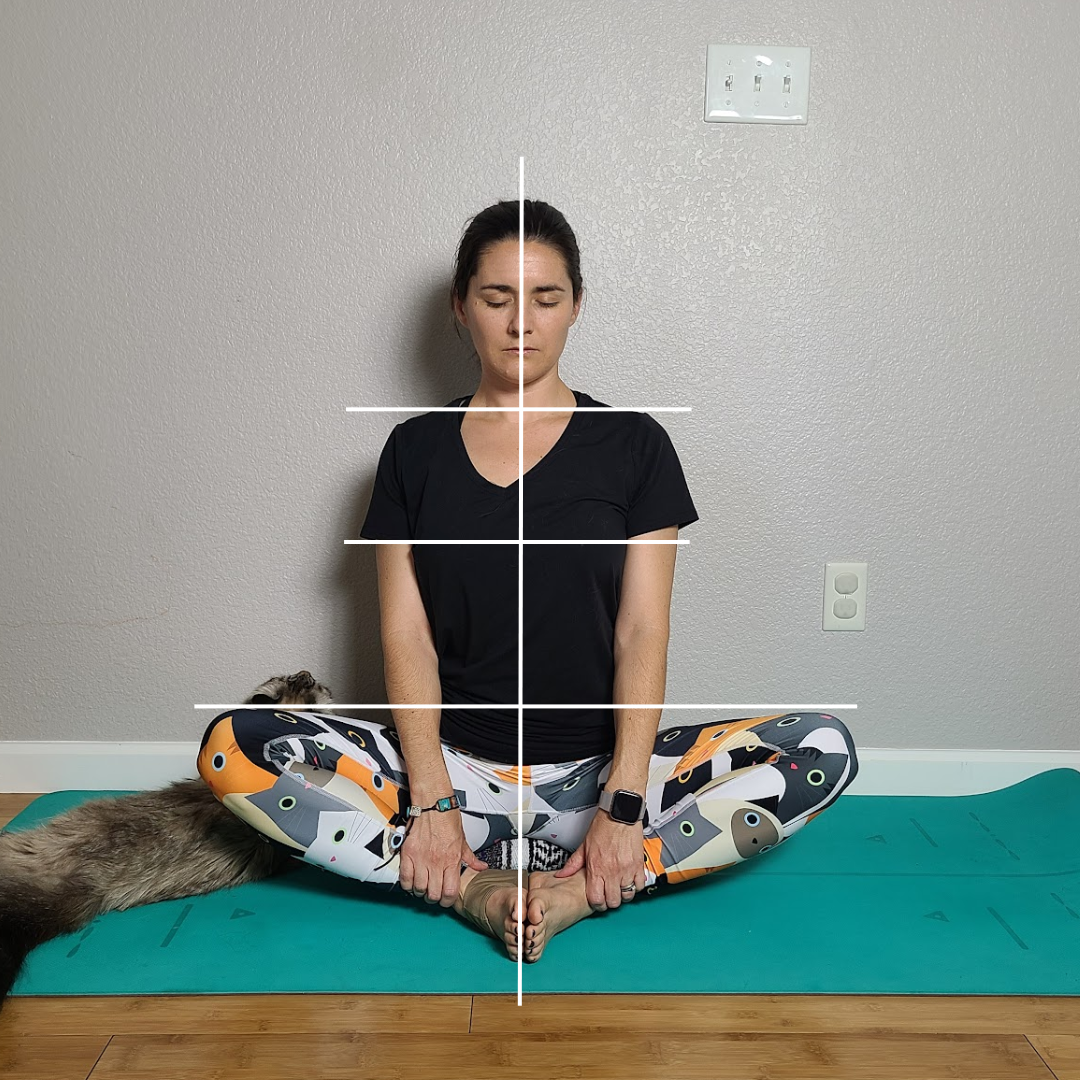Things to Look for During Yoga for Scoliosis
/While it is possible to practice yoga with scoliosis, there are some things you should watch out for. Here are a few general things to look for to make sure people with scoliosis are practicing safely and effectively:
Is their spine in a neutral position? A neutral spine is one in which the natural (cervical, thoracic, and lumbar) curves of the spine are maintained. Check that there isn’t an excessive curvature in any one direction. When someone with scoliosis is in a neutral spine position, their shoulders should be relaxed, their head should be centered over their shoulders, and their pelvis should be neutral (not tilted too far forward or backward). Often because of body asymmetries, the shoulders or pelvis will appear off-center or in a non-neutral position. Find what is neutral for them and slowly work toward a more “normal” neutral position.
Are they engaging their core muscles? The core muscles are a group of muscles that support the spine and pelvis. When the core is engaged, it helps stabilize their spine and hips and prevent them from twisting or moving out of alignment.
Are they avoiding poses that put stress on their spine? Some yoga poses, such as deep backbends and twists, can put stress on the spine. It is important to avoid these poses or modify them to make them safer.
Are their joints hyperextended? Hyperextension is common in those with scoliosis. Their neural pathways are often different between sides of the body and they may not be aware of how far they are extending through the joints (knees, hips, and shoulders, for example).
Here are some specific things to look for on the body when watching someone with scoliosis practice yoga:
Is the ribcage balanced on both sides? In people with scoliosis (particularly thoracic scoliotic curves), the ribcage often twists and shifts to one side. This can cause the shoulders and hips to be uneven. When someone with scoliosis is in a yoga pose, their ribcage should be as balanced as possible.
Is the pelvis level? Like the rib cage, the pelvis should be neutral in a yoga pose. This means that it should not be tilted too far forward or backward. Those with lumbar curves or leg length discrepancies will have more imbalances and difficulty leveling the hips.
Is the spine elongated? The goal of yoga for scoliosis is to elongate the spine and create more space between the vertebrae. For those with disc issues or inflammation, elongation can be particularly challenging. So, those with scoliosis should work gently, finding whatever length is comfortable.
Are the shoulder blades relaxed? The shoulder blades should be relaxed and down the back in all yoga poses. This helps to prevent the shoulders from rounding forward, which is common particularly with thoracic scoliotic curves and kyphosis—an exaggerated rounding forward of the upper back, which is most common in older women.
It is important to note that everyone with scoliosis has a different curve pattern and severity of their condition. Therefore, there is no one-size-fits-all approach to practicing yoga for scoliosis or leg length discrepancy. If you are unsure whether a particular pose is safe for you or your students, consult with a qualified yoga instructor or doctor who has experience working with people with scoliosis.
Let’s take a look at this photo…
Start with the midline:
How far are the shoulders, arms, sides of the ribcage, and legs away from the midline? Are they the same on each side?
Next, look for which of the following is higher or more forward:
Shoulders
Arms
Ribs
Hips
Legs
You will see in this photo that the body is off-center is several locations: the shirt, chest, feet. One shoulder (and shirt sleeve) and leg are higher than the other and one shoulder is further back. Also, one arm is turned up a little more, with the inside of the elbow more visible.
**This picture doesn’t really show the hips but make sure to examine those as well.
These are just a few things to look for when watching students or yourself when practicing yoga for scoliosis. Note that each pose will require you look at different things (like knees in Butterfly Pose and hips in Warrior III). You can read more about how scoliosis affects the body post.



